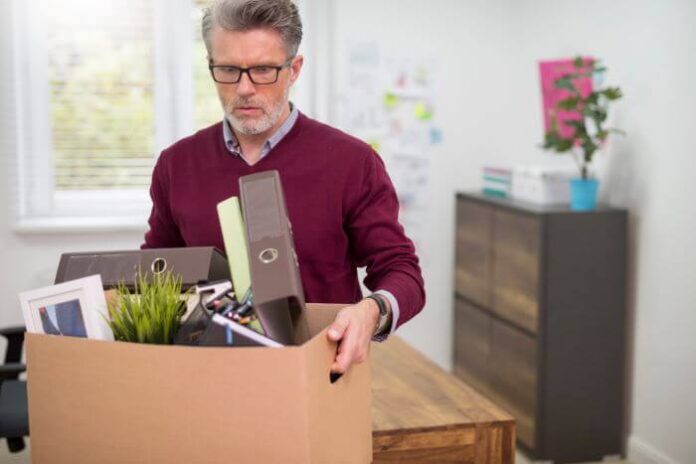When preparing for an office move, one of the most significant tasks is packing office supplies securely without any hassles or breakage. You should learn how to pack office supplies efficiently, ensuring a smooth transition to your new office space.
With proper planning and organization, moving offices can be stress-free. It allows you to focus on settling into your new environment and returning to business as usual.
So, in this post, we will show you some valuable tips that can help you pack your office supplies effectively to ensure a smooth transition. Keep your workspace organized during the move.
8 Tips for Packing Office Supplies When Moving
#1: Rent a Portable Storage Container
Renting a portable storage container when moving your office offers numerous advantages that streamline the relocation process and ensure the safety of your belongings.
These containers provide a secure and convenient solution for storing office furniture, equipment, and documents during transition. You can choose the size and duration that best suits your needs and pack and unpack at your own pace.
Portable storage containers withstand weather conditions and come equipped with sturdy locks, protecting your valuables throughout the move.
Renting a portable storage container simplifies the office moving process, making it a practical and cost-effective solution for businesses of all sizes.
#2: Take Inventory
Before you start packing, take an inventory of all your office supplies to decide what needs to be moved. You can also decide what can be discarded or donated. This will streamline the packing process and avoid unnecessary clutter in your new workspace.
Start by writing a detailed list of all office supplies, furniture, equipment, and documents. Note their quantity, condition, and specific location within the office.
Conducting a thorough inventory before packing can minimize overlooking essential items. Ensure everything arrives safely at your newly moved office.
#3: Create a Packing Schedule
Break down the packing process into manageable tasks. Create a schedule to stay organized and on track. Start by setting a moving timeline and dividing packing tasks into small, more manageable steps.
It can help to assign specific tasks to different days or weeks leading up to the move. This is done by considering the size of your office and the number of items to pack. Be sure to allocate more time for packing larger or more complex office areas, such as storage rooms or IT equipment.
Be sure to factor in time for sorting through items, decluttering, and organizing belongings before packing. By following a packing schedule, you can stay on track, reduce last-minute stress, and ensure everything is packed and ready for moving day.
#4: Gather Packing Materials
Gather all the necessary packing materials, including sturdy boxes, packing tape, bubble wrap, packing paper, and markers. Having packing materials on hand before packing things prevents delays. It ensures your equipment and supplies are secure for transport to your new office location.
#5: Sort and Categorize
Start by gathering all office supplies from various areas and bringing them to a central location. Next, categorize the supplies into groups based on their type, function, or department use.
Common categories include stationery, electronics, files and documents, miscellaneous supplies and office furniture. As you sort through each category, assess the necessity and relevance of each item.
Consider decluttering by discarding or donating outdated, damaged, or unused supplies to minimize items being moved.
#6: Use Appropriately Sized Boxes
Selecting boxes proportionate to the size and weight of the packed items helps prevent overpackaging, which can lead to boxes becoming too heavy or items damaged during transit.
For smaller or lighter items such as stationery or desk accessories, use smaller boxes to prevent shifting and damage.
Conversely, larger and heavier items such as electronics or files should be packed in medium- to large-sized boxes. Leave ample room for padding and cushioning to protect them from damage.
#7: Protect Electronics
Start by backing up all data on computers and other electronic devices to prevent loss in case of damage during the move. Next, disconnect and label all cables and accessories, keeping them with their corresponding devices to simplify reassembly.
For delicate electronics such as computers, monitors, and printers, wrap them individually in anti-static bubble wrap or foam padding to cushion against shocks and vibrations during transit. Place them in sturdy boxes, ensuring enough padding around each item to prevent shifting.
#8: Pack Important Documents Separately
Keep sensitive documents such as contracts, financial records, and sensitive information separate from other office supplies. Consider making digital copies of critical documents and storing them securely on encrypted devices or in the cloud as a precautionary measure.
Use sturdy, weather-resistant file boxes for physical documents to protect them from moisture, dust, and physical damage during transit. Label each box with its contents. Mark them as “important” or “confidential” to ensure special handling.







